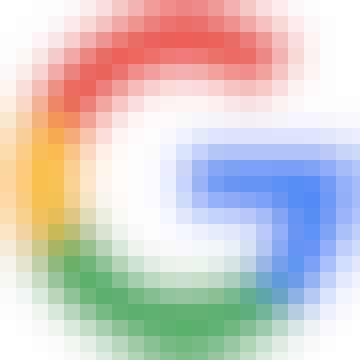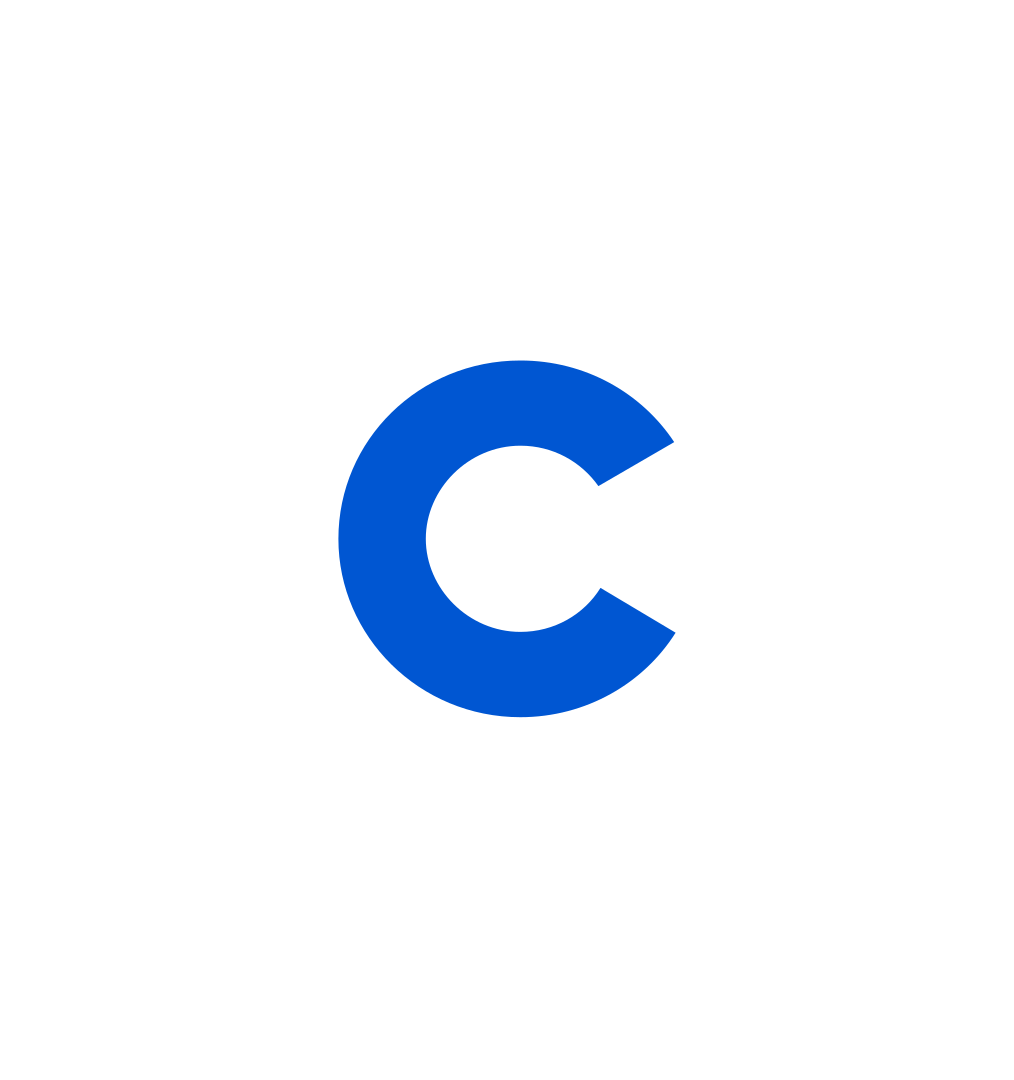What Is User Flow?
Discover the benefits of considering user flow in the user experience design process and the difference between user design and user journey.
![[Featured Image]: A group of people look at a computer, enjoying the way user flow makes the website easy to navigate.](https://d3njjcbhbojbot.cloudfront.net/api/utilities/v1/imageproxy/https://images.ctfassets.net/wp1lcwdav1p1/4IAzctSBQumARLWFWasBTe/4882b172c80698fd4c140b6641ca32f3/GettyImages-1461630610.jpg?w=1500&h=680&q=60&fit=fill&f=faces&fm=jpg&fl=progressive&auto=format%2Ccompress&dpr=1&w=1000)
User flow is a way for user experience (UX) designers to understand how users will interact with or navigate through their product, such as a website or mobile app. Discover the benefits of user flow and the difference between user flow and user journey.
What Is User Flow?
User flow refers to all the possible paths users might take while interacting with a website, application, or other product to achieve a successful outcome. For example, when a user visits your website, they will navigate through it to find what they are looking for. They could do so by clicking buttons, following links, or interacting with the products differently.
Each user interacting with your product will have unique goals and follow their paths to accomplish them. A user flow visualises the total paths users will take when completing a task on your product.
UX designers use user flow to gain insight into making it easier for customers to use the product how they want to. User flow helps designers anticipate obstacles that customers might face and smooth the customer’s journey. Other benefits of user flow include:
Better user experience: User flow helps you design with the user experience in mind.
More intuitive products: Thinking about the steps your customers will take to navigate your product helps you create products that are easier to understand from the customer’s point of view.
Communicate with stakeholders: User flow charts and diagrams can help demonstrate how customers use the product to senior leadership and other stakeholders.
User flow vs. user journey
User flow and user journey are similar concepts but have different uses and cover different areas of user experience design. User flow refers to navigating or interacting with a specific product for a specific task. On the other hand, user journey refers to the complete process and interaction a customer has with your product in a given scenario. For example, it may involve the first time they learn about the product and eventually use or purchase it.
The user journey often stretches across channels and measures different touch points between the company and the customer along the way and the customer’s experiences. It is a more complex process than user flow and often involves a specific user persona.
Learn more about user flow
User flow is a tool for UX designers to map out all possible paths users might take to achieve their goals on a website or app, enhancing usability and experience. Understanding user flow helps create more intuitive products and effectively communicate user behaviour to stakeholders, distinguishing it from the broader concept of the user journey.
Take the next step and learn how user flow and user experience design can help you build better projects. The Google UX Design Professional Certificate is a seven-course, beginner-level series that teaches skills such as user experience research, wireframe, prototypes, user experience design, usability testing, and UX design jobs. Learn marketable skills in as little as six months. You can find this course and more on Coursera.

professional certificate
Google UX Design
Get on the fast track to a career in UX design. In this certificate program, you’ll learn in-demand skills, and get AI training from Google experts. Learn at your own pace, no degree or experience required.
4.8
(81,384 ratings)
1,146,091 already enrolled
Beginner level
Average time: 6 month(s)
Learn at your own pace
Skills you'll build:
User Experience (UX), Prototype, Wireframe, User Experience Design (UXD), UX Research, mockup, Figma, Usability Testing, UX design jobs
Keep reading
- March 27, 2024
- January 24, 2025
- August 29, 2024
- February 4, 2025
- November 9, 2024
- April 2, 2024

Coursera Staff
Editorial Team
Coursera’s editorial team is comprised of highly experienced professional editors, writers, and fact...
This content has been made available for informational purposes only. Learners are advised to conduct additional research to ensure that courses and other credentials pursued meet their personal, professional, and financial goals.
Whether you're starting your career or trying to advance to the next level, experts at Google are here to help.

Build job-ready skills with access to 10,000+ courses from top universities and companies.
